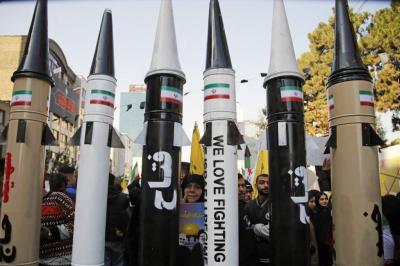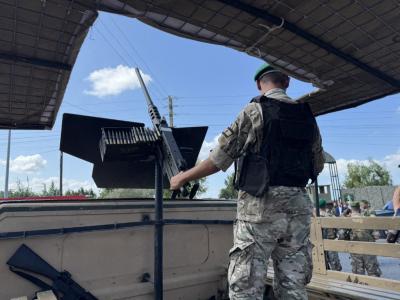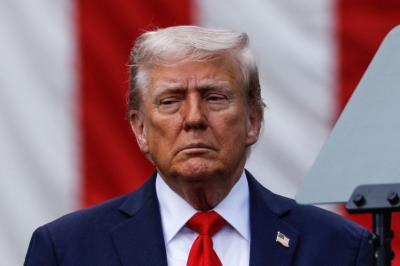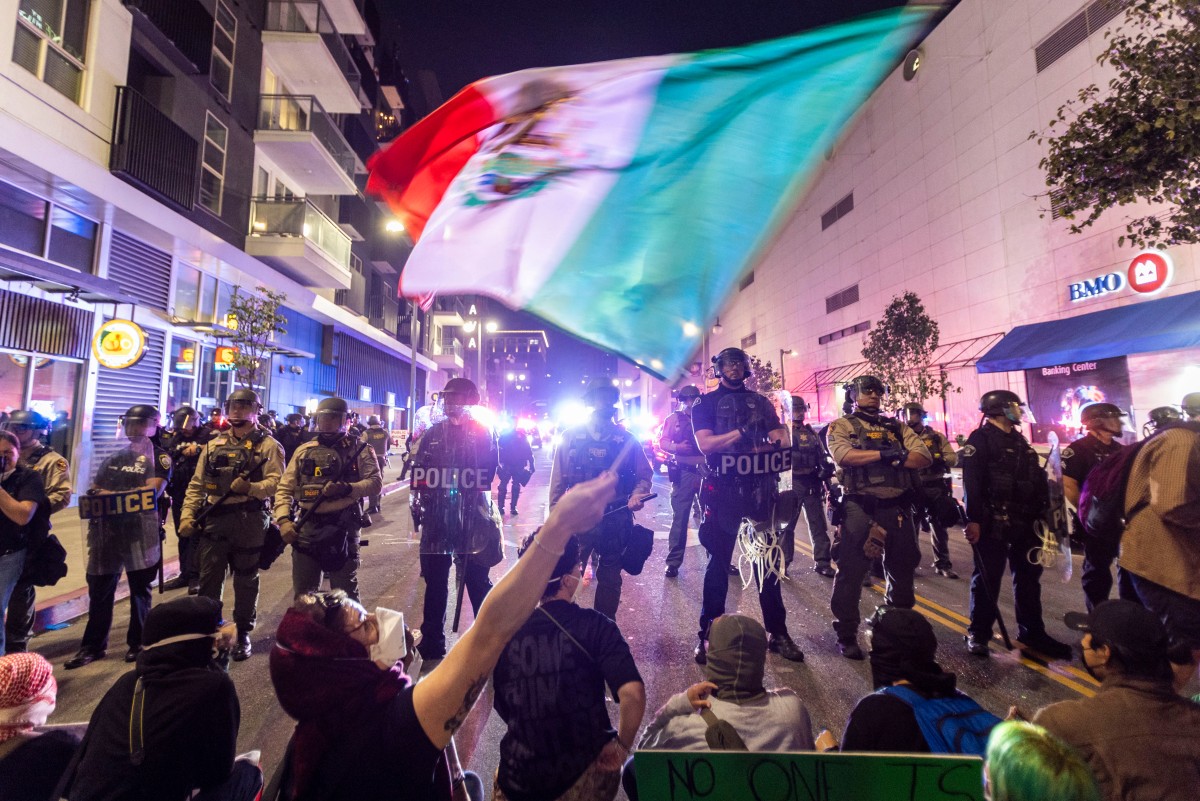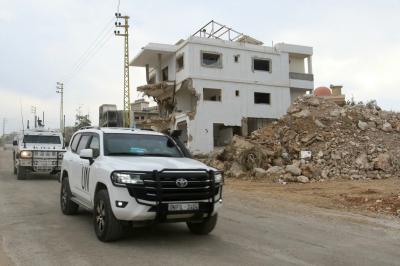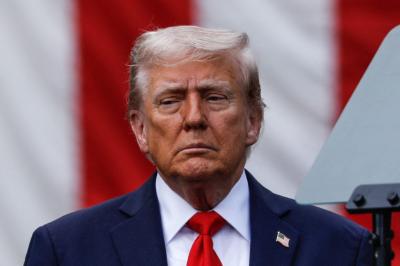The crisis began on June 6, 2025 when Immigration and Customs Enforcement (ICE) launched aggressive raids across Los Angeles, arresting over 40 individuals, including two minors, with only five having criminal histories. These operations, conducted without notifying local authorities, violated Los Angeles's sanctuary city policies under the California Values Act (SB 54). A day later, protests erupted citywide, initially peaceful but escalating after President Trump deployed 2,000 California National Guard troops without Governor Gavin Newsom's consent. The situation exploded on June 8 when protesters blocked the 101 Freeway, set Waymo self-driving cars ablaze, and clashed with police who used tear gas and rubber bullets. Within 72 hours, the administration doubled down, mobilizing an additional 2,000 Guard troops and activating 700 Marines from a near-by training base for potential deployment.
President Trump's orders stepped over several constitutional fault lines
National Guard Deployment: Federal Power Grab?
Trump justified the Guard mobilization under 10 U.S.C. § 12406, which permits federalization during an "invasion," "rebellion," or "inability" to execute federal laws. California filed a lawsuit on June 9, arguing that none of these conditions exist.
Newsom and Attorney General Rob Bonta emphasized that there was no invasion or rebellion; protests were largely nonviolent before federal intervention, with local law enforcement handling disturbances.
The lawsuit also stresses that the statute Trump used requires deployment "through the governors of the states," which was bypassed. This marks the first unilateral Guard federalization since 1965, when Lyndon B. Johnson sent troops to protect civil rights marchers in Alabama. Legal experts note by militarizing domestic policing the move flouts the spirit of a federal law signed by President Rutherford B. Hayes in 1878 that limits the powers of the federal government in the use of federal military personnel to enforce domestic policies within the United States.
Marine Deployment: Testing Insurrection Act
The activation of 700 Marines raises graver concerns. While Northern Command claims they will "protect federal property" using "de-escalation" tactics, their deployment lacks clear legal authority:
The administration explicitly denied invoking the Insurrection Act, which requires "unlawful obstruction" of federal authority. Trump himself admitted, "I wouldn't call it quite an insurrection."
Marines are prohibited from domestic law enforcement under 18 U.S.C. § 1385, but exceptions exist for "protection of federal property." Critics like Senator Jack Reed (D-RI) call this a "political weaponization" of the military.
Testing Presidential Authority
Trump's actions reflect a deliberate strategy to stretch executive power through centralizing control. By his executive orders he has marginalized Congress, pressured the courts, and overridden state sovereignty. These moves align with his belief that Article II of the Constitution, which states that "the executive Power shall be vested in a President of the United States of America," allows him "to do whatever I want as president," as he said in an ABC News interview in 2019. His administration has filed 129 executive orders in early 2025 alone—a historic pace.
With Trump's actions, federalism came to be under fire. The Guard takeover deprives California of critical resources for emergencies like wildfires, while Marines could interfere with local policing. As conservative legal scholar Yuval Levin warns, this "weakness of Congress... is the deepest challenge confronting our constitutional system."
Historical Precedents
The only modern parallel to §12406's use was President Richard M. Nixon's 1970 deployment of the National Guard during the Postal Strike, which is far less politically charged than immigration enforcement.
Another example was President Lyndon B. Johnson sending federal troops to Alabama in 1965 to protect Civil Right Marchers. It was later upheld by the courts. As for President George H.W, Bush's troop deployment in California to quell riots following the brutal police beating of Rodney King, it was done at the governor's request.
Political Fallout and Legal Pathways
Newsom's lawsuit seeks an injunction against deployments, arguing they violate the 10th Amendment's state sovereignty protections. It represents states' resistance as all 23 Democratic governors endorsed his position, calling Trump's move "an alarming abuse of power."
Homeland Security Secretary Kristi Noem claimed protesters were "criminals" and vowed to double ICE operations. The Pentagon framed deployments as necessary to protect federal assets.
Trump's Los Angeles gambit epitomizes his second-term quest to redefine presidential power. By deploying troops against a state's will, he tests whether Madison's "double security" of federalism and separation of powers can withstand modern partisan loyalty. As California's lawsuit advances, courts must decide if "manufactured chaos" justifies military force—a ruling that could either curb presidential overreach or cement an era of unilateral executive action.
The streets of Los Angeles have become a battleground not just over immigration, but over the constitutional order itself.
Please post your comments on:
[email protected]
 Politics
Politics
